Cats Claw Plant (Uncaria tomentosa)
This product is available for shipping only in Bangalore
Cats Claw (Uncaria tomentosa) is a versatile and beautiful tropical vine that can be a unique addition to your indoor or outdoor garden. Its striking climbing habit, easy care requirements, and potential health benefits make it a desirable plant for both ornamental and herbal uses. With the right care—adequate sunlight, regular watering, and occasional pruning—this rainforest native can thrive and add lush greenery to your space.
Plant Height: approx 3.5 including the nursery bag
Pot size : 9 inches nursery bag
- Estimated Delivery : Up to 3 business days
- Free Shipping & Returns : On all orders over ₹550 in Bangalore
The Cats Claw Plant (Uncaria tomentosa), also known as “Uña de Gato”, is a woody vine native to the tropical rainforests of Central and South America, particularly the Amazon. Its name comes from the small, hook-like thorns that resemble a cat’s claws, which help the plant climb up trees. Traditionally used in herbal medicine, Cat’s Claw is highly valued for its potential immune-boosting, anti-inflammatory, and antioxidant properties.
There are two main species of Cat’s Claw: Uncaria tomentosa and Uncaria guianensis. However, Uncaria tomentosa is more commonly used for medicinal purposes.
Here’s a guide on how to care for and grow Cats Claw Plant:
1. Light Requirements
- Full Sun to Partial Shade: The Cat’s Claw plant thrives in full sun but can also tolerate partial shade. In its natural habitat, it grows in forest clearings where it receives filtered sunlight. For optimal growth, provide it with plenty of bright, indirect light if grown indoors or partial sun if grown outdoors.
- Adaptability: It is adaptable to a range of light conditions but will produce better foliage and growth with more sunlight.
2. Watering
- Moderate Watering: Water the plant regularly, keeping the soil consistently moist but not soggy. Allow the top layer of soil to dry slightly between waterings. Overwatering can lead to root rot, so make sure the plant is in well-draining soil.
- Reduced Watering in Winter: During the cooler months, reduce watering as the plant’s growth slows down. Be cautious not to let the soil dry out completely.
3. Humidity
- Prefers Moderate to High Humidity: Since Cat’s Claw is a tropical plant, it enjoys higher humidity levels. Aim for humidity levels of around 50-60%, especially when grown indoors.
- Increase Humidity: If your home is dry, you can mist the plant or use a humidifier to maintain the required humidity levels.
4. Temperature
- Warm Temperatures: The plant thrives in warm, tropical conditions. Keep it in temperatures ranging from 65-85°F (18-29°C). It doesn’t tolerate cold temperatures well and should be kept indoors or sheltered if the temperature drops below 50°F (10°C).
- Avoid Cold Drafts: Cat’s Claw is sensitive to cold drafts and should be kept away from air conditioners or cold windows in winter.
5. Soil
- Well-Draining, Rich Soil: Use a loamy, well-draining soil mix. A blend of potting soil with added perlite or sand works well to ensure good drainage. The plant prefers slightly acidic to neutral soil (pH 5.5-7.0).
- Soil Composition: Adding organic matter such as compost can improve the richness of the soil, providing the nutrients that Cat’s Claw needs to grow healthily.
6. Fertilizing
- Balanced Fertilizer: Feed the plant with a balanced liquid fertilizer during the growing season (spring and summer) every 4-6 weeks. Reduce fertilization during the fall and winter months when the plant’s growth slows down.
7. Pruning and Maintenance
- Training for Support: Since Cat’s Claw is a climbing vine, it may need support structures such as trellises, fences, or poles to help it grow upright. You can train the vines to climb in the direction you prefer by gently tying them to supports.
- Pruning for Shape: Regular pruning will help maintain the plant’s shape and size. Remove dead or damaged vines to encourage healthy growth and keep the plant looking tidy.
8. Pests and Diseases
- Generally Pest-Resistant: Cat’s Claw is relatively pest-resistant, but it can occasionally suffer from aphids, spider mites, or scale insects. Regularly inspect the plant and treat infestations with insecticidal soap or neem oil.
- Fungal Issues: Ensure proper air circulation and avoid overwatering to prevent fungal issues such as powdery mildew or root rot.
9. Propagation
- Propagating by Cuttings or Seeds: Cat’s Claw can be propagated from stem cuttings or seeds. Take cuttings from healthy vines and place them in water or moist soil to encourage rooting. Seeds can be sown in a well-draining potting mix, though they may take longer to germinate.
Medicinal Uses
Cat’s Claw is widely known for its potential medicinal benefits, including:
- Anti-inflammatory Properties: It has been traditionally used to treat arthritis, joint pain, and other inflammatory conditions.
- Immune System Support: Some studies suggest that Cat’s Claw may help boost the immune system and protect against infections.
- Digestive Health: It has been used to treat gastrointestinal issues, such as gastritis and ulcers.
- Antioxidant Effects: The plant contains compounds that act as antioxidants, which may help protect the body from oxidative stress and cellular damage.
While Cat’s Claw has been used for centuries in herbal medicine, consult with a healthcare professional before using it for medicinal purposes, especially if you are pregnant, nursing, or taking other medications.
Conclusion
Cats Claw plant (Uncaria tomentosa) is a versatile and beautiful tropical vine that can be a unique addition to your indoor or outdoor garden. Its striking climbing habit, easy care requirements, and potential health benefits make it a desirable plant for both ornamental and herbal uses. With the right care—adequate sunlight, regular watering, and occasional pruning—this rainforest native can thrive and add lush greenery to your space.
** Plants photos are for representation purpose only. We will make best efforts to send the plants as in photos itself. There may be small white dots on the plant, as these plants cared in nursery using the hard water and pesticide spray. However these will eventually disappear as you take care and clean the leaves. Trust us, we want to give you the best

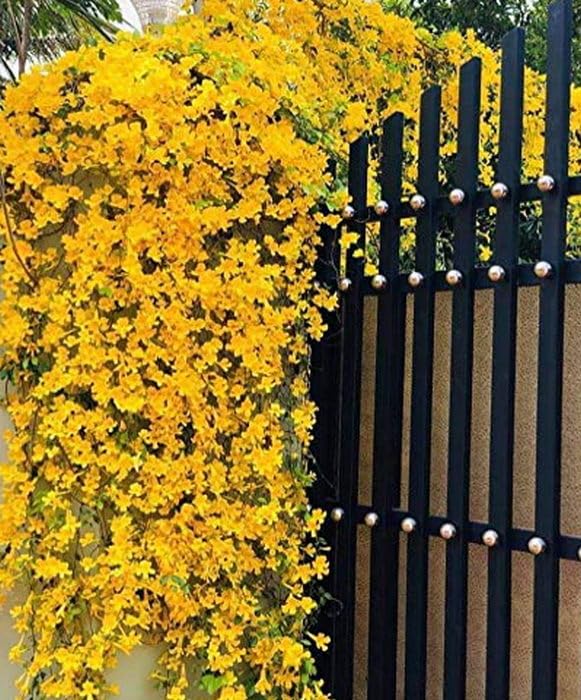

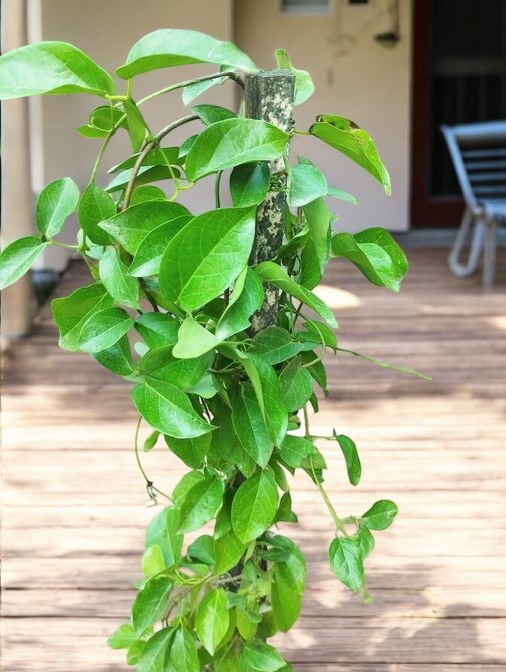
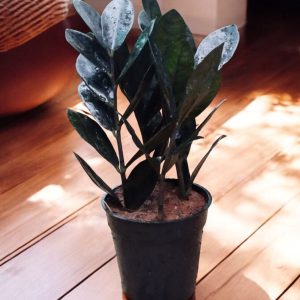

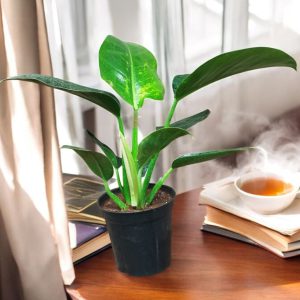
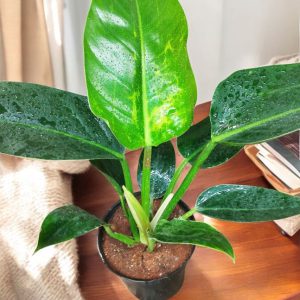
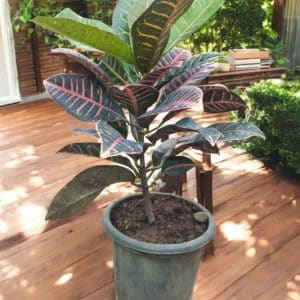
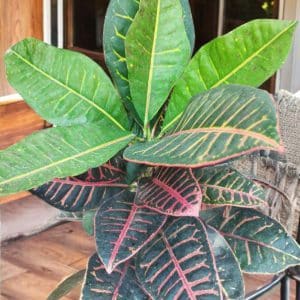





Reviews
There are no reviews yet.